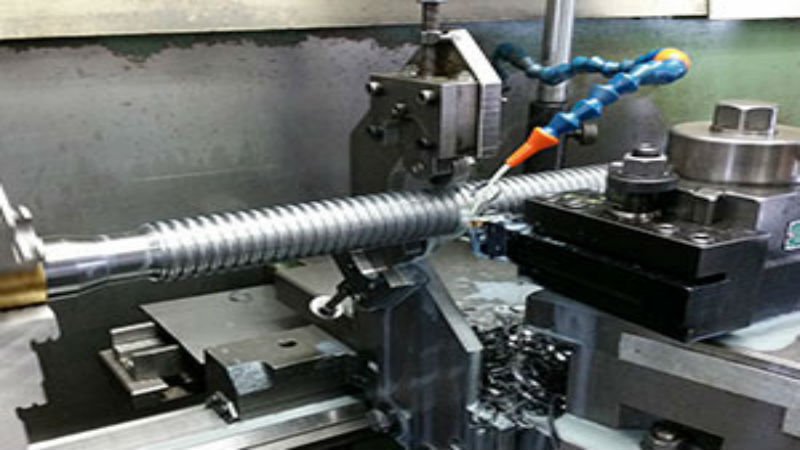Manufacturers provide consumers with millions of different products annually. As tastes and preferences change, industries tool to address the new demands. The best companies anticipate the trends and prepare accordingly. However, no new product emerges from the production line without pre-testing or preparatory production. Before the merchandise is manufactured, companies lower the risk of producing a poor quality or unworkable item by creating a model. Prototype machining is one popular method of accomplishing this.
The Prototype: Definition and Production Results
Prototypes are models of the item. They are preliminary models of an item. It may be a machine or a product shape or component. The intent is to provide a real life model from the design. Running off a prototype may result in one of several results:
1. Acceptance of the model leading to machining or otherwise production of the item
2. Recognition of design flaws requiring reworking
3. Rejection of the entire prototype and its design as being infeasible for some reason
If the batch is to be a large one, it is not uncommon to try out the prototype model first.
Advantages of Prototypes
A prototype is a preliminary model. If successful, it will provide the pattern from which all other forms will develop or be copied. The advantages of a prototype center on cost. By prototype machining, a manufacturer can save money. Prototyping:
* Provides an accurate representation of the item
* Saves costly rework by preventing the running off of a batch with correctible or erroneous flaws or errors
* Identifies design flaws to allow redesigning or complete rejection to take place
* Notes performance issues
* Can establish the effectiveness of the production process
Companies looking closely at the bottom line in such competitive times cannot afford avoidable mistakes. The machining of a prototype can reduce risk taking substantially.
CNC Prototype Machining: Accurate for Producing Prototypes
Prototypes are currently produced in one of several ways. Although 3D printing Is now a popular option, it has its limitations when it comes to such things a material choice and surface finishes. This is not true with machining – especially computer numerically controlled (CNC) machining. The test component and the actual product may be composed if the same material. This improves the accuracy of the testing and modeling of the prototype.
CNC machining produces:
* Highly accurate parts
* Precise components and prototypes – better than manual machining and comparable to 3D production methods
* Can provide multiple identical copies quickly, efficiently and easily whether the material is a plastic model or a 3-D metal part
While many machinists still employ manual machining, in the case of prototype machining options, CNC is a useful, accurate and efficient tool.



